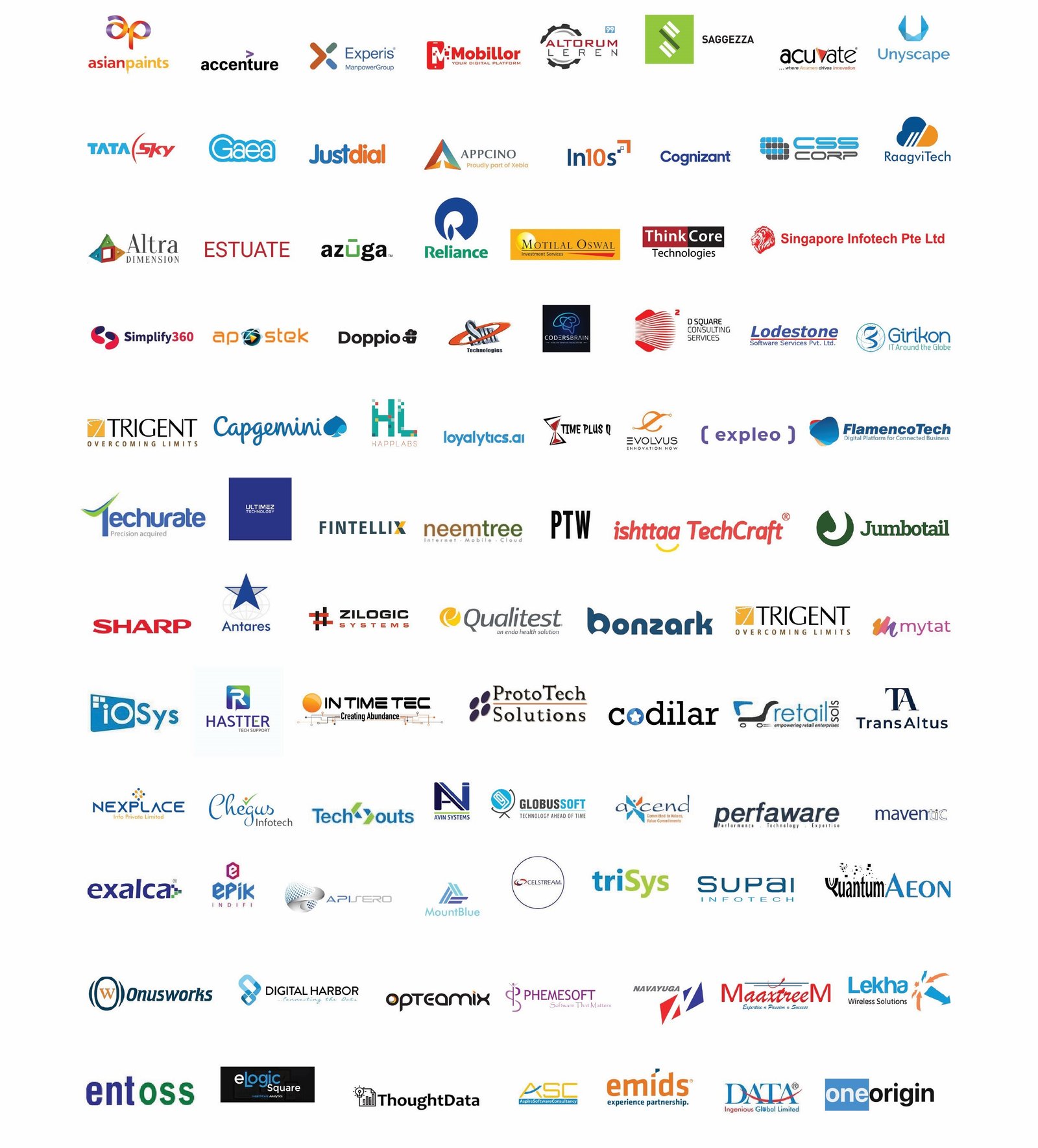1 to 2 Months
Online + Offline
15 Students Only Batch Size
Anyone
Beginner to Advanced Training
This module introduces students to the world of robotics, exploring its history, evolution, and real-world applications. Students will learn about different types of robots, their industrial and personal use cases, and how they impact society. The module will cover essential components of robotics, such as sensors, actuators, controllers, and the fundamentals of robotic systems.
In this section, students will gain a foundational understanding of electronics and circuit design. They will explore microcontrollers and microprocessors, such as Arduino and Raspberry Pi, and their role in robotics. The module will cover various sensors (IR, ultrasonic, temperature) and actuators (motors, servos), teaching students how to interface them with controllers. Hands-on experiments will allow students to build and test basic circuits required for robotic applications.
Students will learn the basics of programming required for robotics, focusing on Python and Embedded C. The module will start with setting up the programming environment using Arduino IDE and Thonny. Fundamental programming concepts, such as variables, loops, and functions, will be introduced. They will also explore GPIO (General Purpose Input Output) programming and learn to control basic electronic components via code. Advanced Programming Concepts Building on their programming knowledge, students will work with popular libraries such as NumPy, OpenCV, and PySerial to enhance robotic applications. They will develop communication systems between microcontrollers and PCs, control motors and sensors through coding, and debug common errors. The module will involve hands-on coding exercises to solidify understanding.
This module will introduce students to CAD software like Fusion 360 and TinkerCAD for designing robotic structures. They will learn how to create robot frames, chassis, and mechanical components digitally before prototyping. The section will also cover 3D printing and laser cutting, allowing students to turn digital designs into real-world parts. Additionally, students will use robotic simulation environments to test their designs virtually. Students will learn the step-by-step process of assembling a robot, including material selection, wiring components, and ensuring structural integrity. The module covers the basics of power management, battery configurations, and safety considerations while working with hardware. Hands-on projects will enable students to build and test simple robotic systems.
This section covers the integration of various sensors (motion, environmental, and object detection) and actuators into robotic projects. Students will understand how to use infrared, ultrasonic, and temperature sensors to make robots interact with their surroundings. The practical sessions will involve implementing object detection and obstacle avoidance mechanisms. With the increasing role of IoT in automation, students will learn how to connect their robots to the internet using Wi-Fi (ESP8266) and Bluetooth (HC-05) modules. They will explore remote control operations via smartphones and cloud-based data logging for monitoring robotic performance. The hands-on activities will involve creating IoT-enabled robotic applications.
This module introduces students to AI-driven robotics, focusing on computer vision and machine learning. Students will learn about OpenCV for image processing, face recognition, and object tracking. They will develop AI-powered gesture control and voice-activated robotic systems. Autonomous Robotics and Navigation Students will dive into GPS-based navigation and path planning for autonomous robots. They will explore line-following robots, obstacle detection, and SLAM (Simultaneous Localization and Mapping). The module also covers AI-driven self-learning robots, allowing students to build machines that can adapt to their environment. Industrial Automation and Robotics This section provides an overview of robotics in industries, including manufacturing, healthcare, and agriculture. Students will learn about PLCs (Programmable Logic Controllers) and automation systems. Case studies on industrial robots, such as robotic arms used in assembly lines, will be discussed. Robotics Project Development and Deployment In the final phase, students will work on individual and group projects, building a complete robotic system from scratch. They will apply their knowledge to develop functional robots, such as autonomous vehicles or smart home automation solutions. This module also covers report writing, documentation, and presentation techniques to prepare students for professional roles in robotics. The program concludes with a certification ceremony recognizing students’ accomplishments

Once you have completed the course you will be able to generate the certificate
Our Students and curriculum have been trusted by over 500+ companies across India

